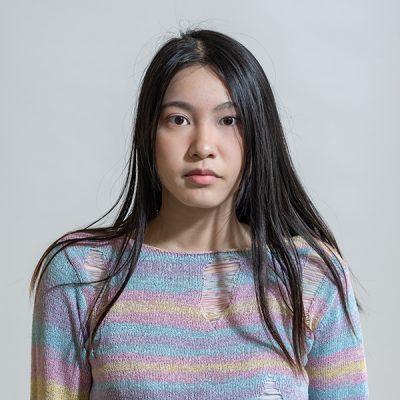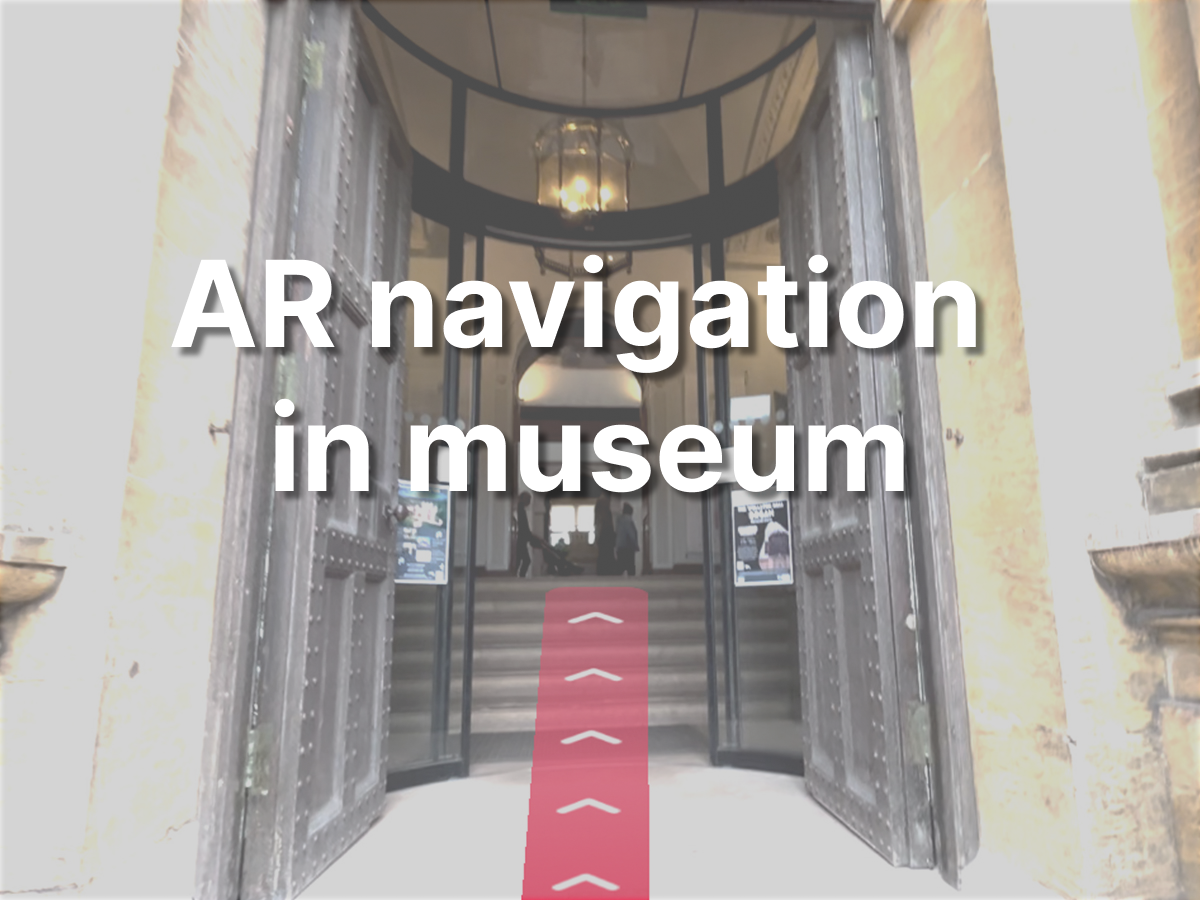
Chenliang Wu
Welcome to my Degree Showcase. As a UX designer, I believe in exploring the possibilities of AR technology through user-centred solutions!

Welcome to my Degree Showcase. As a UX designer, I believe in exploring the possibilities of AR technology through user-centred solutions!

Virtual markers (similar to road signs) are placed in the environment to facilitate navigation. This project explores whether different augmented reality navigation methods can help reduce cognitive load and increase usability.
The design thinking approach is adopted, consisting of five key stages: empathy, define, ideate, prototype, and test. During the ideation phase, a literature review was conducted to identify three different AR navigation methods: arrow, number, and 3D map, which were then studied through iterative testing.



To simulate the cognitive load and usability experience of users in a real museum setting, we conducted field tests at the Nottingham Natural History Museum. Participants were invited to use three different augmented reality (AR) navigation methods to locate target exhibits in the museum. A summative evaluation was performed through both qualitative and quantitative analysis.
The study found that among the three AR navigation methods, arrow navigation was more effective in reducing cognitive load compared to number-based navigation. However, there were no significant differences in other aspects of cognitive load and usability. While participants in interviews acknowledged that all three navigation methods ultimately led them to the destination smoothly and were relatively easy to use, opinions varied greatly regarding the number and 3D map navigation methods. Users noted that arrow navigation required checking the phone at each step without being able to anticipate the route, but its simple and intuitive design reduced mental strain, making it the most suitable for the general public. In contrast, the number and 3D map methods demanded more cognitive effort.
For future research, participants suggested combining 3D maps, arrows, and text information to provide a more comprehensive navigation experience. Designers could integrate the strengths of each navigation method to develop a hybrid system that enhances usability.